Living with diabetes doesn’t mean your meals have to be bland, boring, or repetitive. In fact, it’s quite the opposite. The key to managing blood sugar without sacrificing flavor lies in smart food choices—and thankfully, there are dozens of naturally delicious options that also happen to be nutritional powerhouses. Nutritionists are now pointing to a group of standout ingredients—superfoods that do more than just nourish. These versatile picks help stabilize blood sugar, reduce inflammation, and keep hunger at bay, all while adding vibrant taste and color to your plate.
From fiber-packed berries and heart-healthy fats like avocado and olive oil, to magnesium-rich leafy greens and protein-forward picks like edamame and salmon, these foods aren’t just safe for diabetics—they’re recommended. Each one plays a unique role in supporting better glycemic control, whether by slowing digestion, improving insulin sensitivity, or simply helping you stay full longer to avoid energy crashes and cravings.
But don’t worry, this isn’t a list of obscure or expensive foods you’ll have to scour specialty stores to find. These 33 superfoods are accessible, affordable, and surprisingly easy to incorporate into everyday meals. Think of this as your go-to guide for building a diabetes-friendly meal plan that’s anything but restrictive. Whether you’re newly diagnosed or looking to refresh your dietary routine, these flavorful additions can help transform your approach to food—from a source of stress to a source of strength.
Ready to upgrade your plate with foods that love you back? Here are the 33 nutritionist-approved superfoods every diabetic should have on their weekly menu—plus how each one helps your body thrive. Let’s dig in, one bite at a time.
1. Leafy Greens
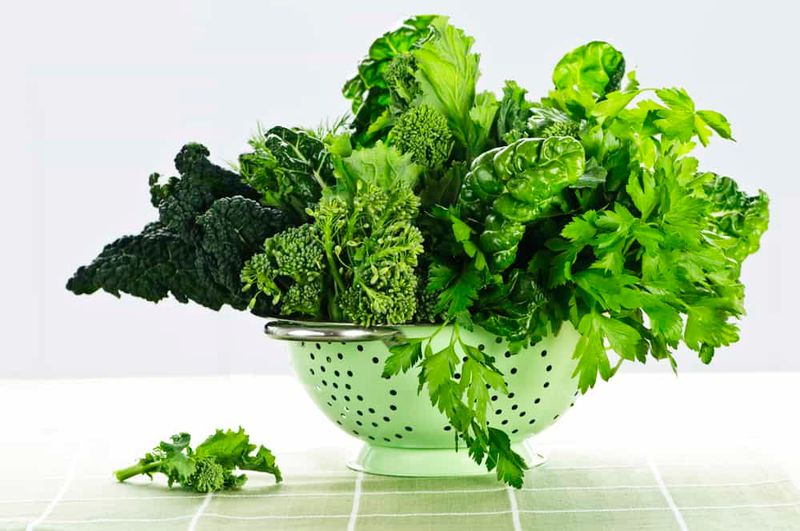
Vibrant leafy greens—think spinach, kale, collards, and Swiss chard—start every expert’s grocery list for managing diabetes. Their emerald leaves provide gorgeously low-carb nutrition while flooding the body with vitamins A, C, and K.
Magnesium, folate, and plant nitrates tucked inside each tender bite help improve insulin sensitivity and support healthy blood-pressure control. Because they are so calorie-sparse, generous portions easily fill plates without derailing macronutrient goals.
Experiment beyond salads: fold wilted chard into omelets, blend kale into smoothies, or sauté spinach with garlic for a two-minute side. Daily variety keeps taste buds entertained while delivering a trickle of protective phytonutrients.
2. Carrots

Nothing brightens a meal like the sunset hue of carrots sliced into coins or shaved into ribbons. Their natural sweetness pleasantly disguises a respectable fiber payload that slows glucose release more than expected.
Beta-carotene converts to vitamin A, nourishing vision and immune defenses—crucial for people whose glycemic variability can compromise healing. Meanwhile, antioxidants combat oxidative stress, an under-appreciated driver of many diabetes-related complications and vascular integrity.
Roast sticks with cumin, fold grated carrot into morning oatmeal for subtle sweetness, or blitz with ginger for a bright soup. These playful techniques transform a humble root into a versatile, glucose-conscious ally daily.
3. Peppers & Tomatoes
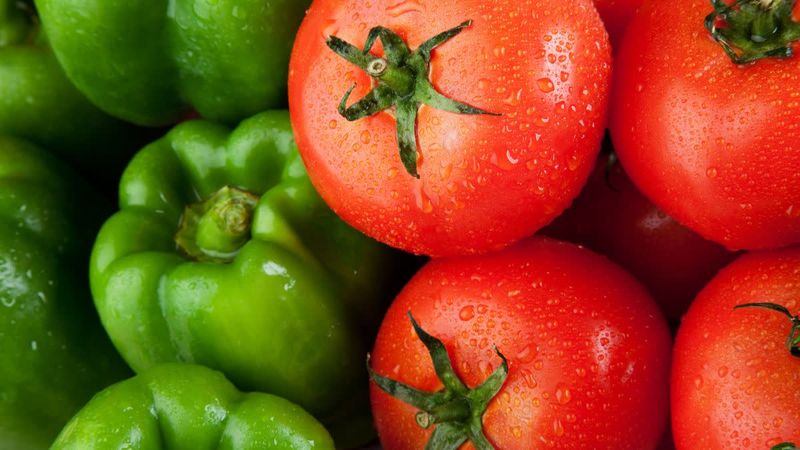
Vivid peppers and sun-ripened tomatoes inject color that rivals any artist’s palette while remaining refreshingly low on the glycemic index. Their juicy crunch or tender flesh adds volume without dietary carb overload daily.
Vitamin C content outshines many fruits, bolstering immune resilience and assisting collagen repair. Meanwhile, lycopene in red tomatoes acts as an antioxidant shield, with emerging research suggesting cardiovascular benefits for people managing diabetes.
Layer raw slices into whole-grain sandwiches, tumble roasted peppers over quinoa, or blitz tomatoes into a no-sugar salsa. Each preparation keeps flavors bright, hydration high, and post-meal glucose curves comfortably in check, beautifully balanced.
4. Green Peas & Corn
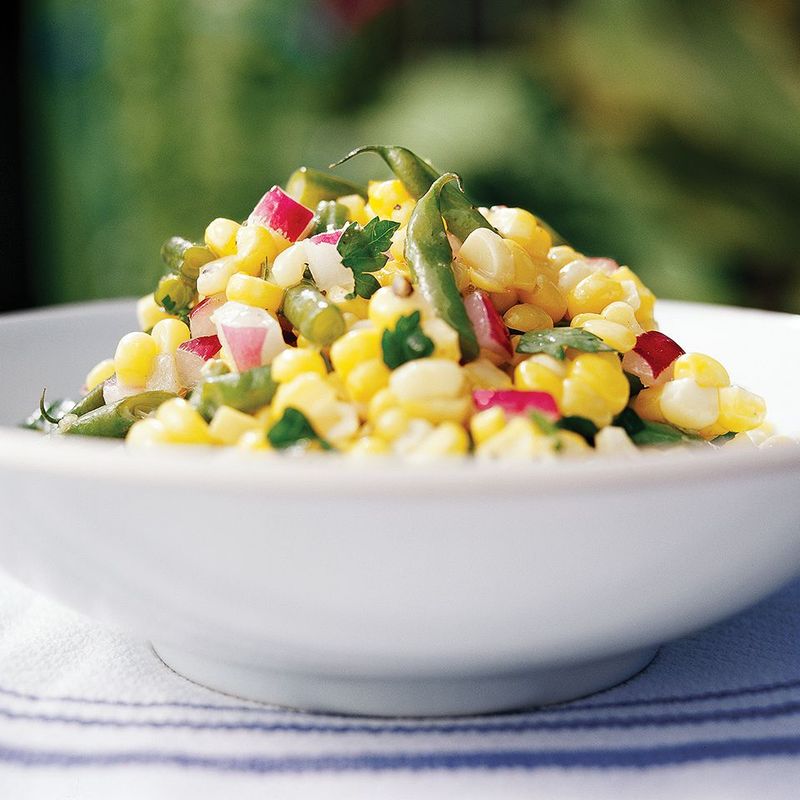
Sweet green peas and golden kernels of corn prove that starch doesn’t have to be the enemy. When eaten whole, their natural fiber and protein slow carbohydrate digestion and temper glucose excursions nicely.
Peas contribute plant-based iron and B-vitamins, supporting energy production, while corn supplies lutein and zeaxanthin for eye health—a smart inclusion for individuals prone to vision changes stemming from long-term hyperglycemia and oxidative stress.
Add thawed peas to a quick turkey stir-fry, grill corn still in the husk for smoky flavor, or whirl both into a creamy soup thickened with Greek yogurt instead of cream to protect macros.
5. Beans & Legumes
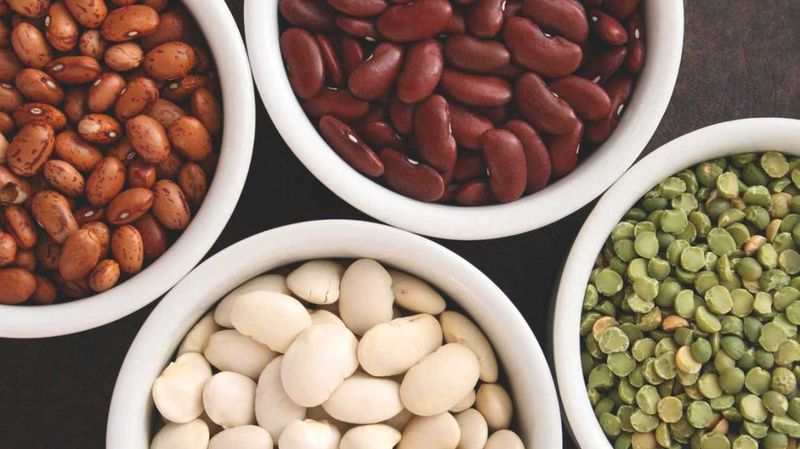
Hearty and humble, beans and legumes offer one of the most efficient ways to stabilize blood sugar through natural means. Each bite brims with fiber and slow-digesting carbohydrates that help manage post-meal glucose levels.
Black beans, lentils, chickpeas, and kidney beans also pack impressive amounts of plant-based protein and magnesium—two essentials for blood sugar control and muscle function. Their complex structure means you stay full longer without sugar crashes.
Add them to soups, blend into dips, or toss them into grain bowls for extra texture. Their versatility turns them into weekly menu MVPs for anyone managing diabetes with flavor and balance in mind.
6. Okra
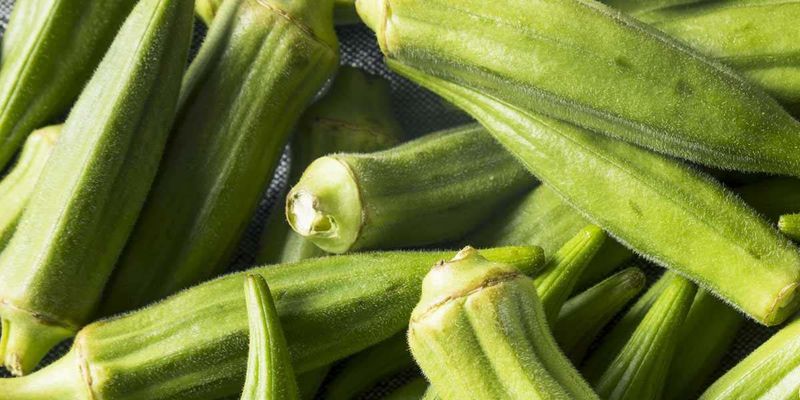
Distinctly textured and often overlooked, okra delivers more than just a unique mouthfeel—it’s a low-carb powerhouse with impressive metabolic perks. Its mucilaginous fiber slows glucose absorption and helps regulate digestion with gentle efficiency.
Rich in vitamins C and K, folate, and antioxidants, okra may even support better insulin activity over time. Emerging studies also hint at potential blood sugar-lowering compounds within its pods, especially when prepared whole.
Try it roasted until crisp, added to stews for thickness, or sliced into stir-fries for a Southern twist. However you cook it, okra offers a smart, nutrient-packed option for a blood sugar-friendly diet.
7. Cruciferous vegetables
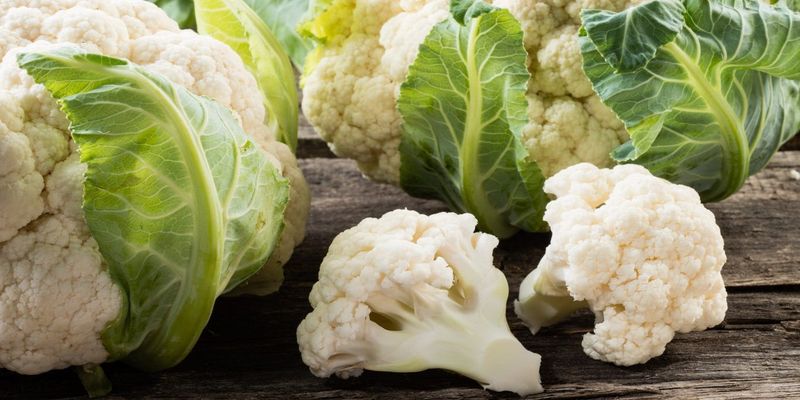
Cruciferous vegetables like broccoli, cauliflower, and cabbage are nutritional giants in the diabetes world. Low in carbs but rich in fiber and vitamins C and K, they help fill plates generously without spiking blood sugar.
Each brings a unique antioxidant profile—sulforaphane in broccoli, choline in cauliflower, and anthocyanins in red cabbage—linked to reduced inflammation, improved insulin sensitivity, and long-term cellular support. These compounds quietly work behind the scenes to protect against diabetes-related complications.
Grate raw cabbage into salads, roast broccoli florets until caramelized, or steam cauliflower and mash it in place of potatoes. These vegetables offer endless ways to eat smarter without sacrificing flavor.
8. Bitter Gourd
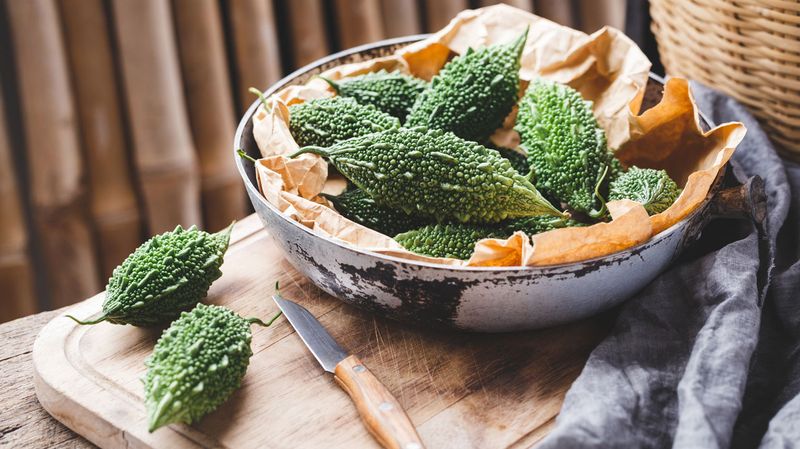
Though its taste may surprise newcomers, bitter gourd is cherished in many cultures for its glucose-lowering potential. This knobby green fruit contains charantin and polypeptide-p, compounds studied for their ability to mimic insulin.
Traditionally used in Asian and African cuisines, bitter gourd has a history of helping regulate blood sugar levels, especially when consumed regularly. Its unique phytochemical profile gives it a standout role in natural diabetes management.
Sauté with onions and spices to mellow its bitterness, stir into lentil stews, or steep in tea. Once an acquired taste, it becomes a cherished ingredient in your metabolic support toolkit.
9. Squash & Pumpkin

From butternut to acorn and even sugar pumpkins, squash varieties provide a starchy satisfaction with a gentler blood sugar impact than refined grains. Their rich orange flesh offers beta-carotene and slow-releasing carbohydrates.
Pumpkin is especially rich in antioxidants and fiber, while winter squashes provide potassium and vitamin C—nutrients that help with blood pressure and immune defense. Despite their natural sweetness, they won’t spike blood sugar when eaten in moderation.
Roast them with warming spices, mash into soups, or cube into whole grain salads. These comforting veggies add vibrant texture and flavor to meals that feel indulgent but support better glycemic balance.
10. Steel-Cut or Rolled Oats
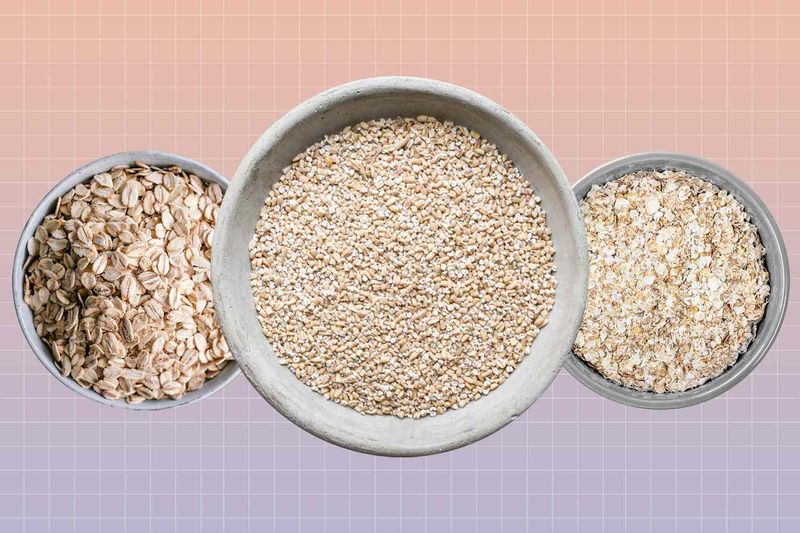
Oats are a diabetic breakfast staple, but not all oats are created equal. Steel-cut and rolled varieties are minimally processed, meaning they digest more slowly and help keep blood sugar levels stable.
What sets them apart is their soluble fiber—particularly beta-glucan—which forms a gel-like consistency in the gut, slowing glucose absorption and promoting a longer-lasting sense of fullness. That’s a big win for appetite and energy control.
Top warm oats with chia seeds and berries, or use them to bulk up meatballs and muffins. Their mellow flavor makes them easy to work into savory or sweet meals alike.
11. Barley, Millet, Amaranth, Quinoa
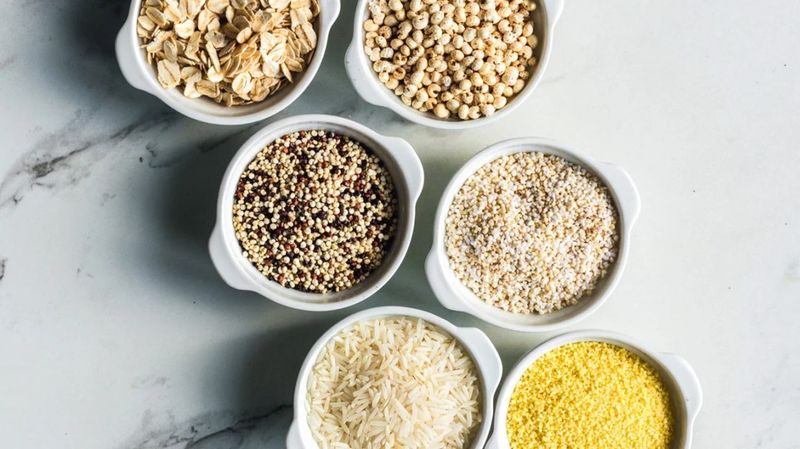
Whole grains like barley, millet, amaranth, and quinoa offer a nutrient-dense alternative to refined carbs. Each grain brings a distinct texture and mineral profile to the table, making meals more satisfying.
They’re high in fiber, plant-based protein, and complex carbohydrates—fuel that digests slowly, helping maintain even blood sugar levels. Quinoa adds all nine essential amino acids, while barley brings cholesterol-lowering beta-glucan.
Toss cooked grains into salads, mix them into veggie patties, or serve as a base for protein bowls. These grains prove that wholesome eating doesn’t have to be repetitive—or boring.
12. Whole Wheat Bread or Pasta
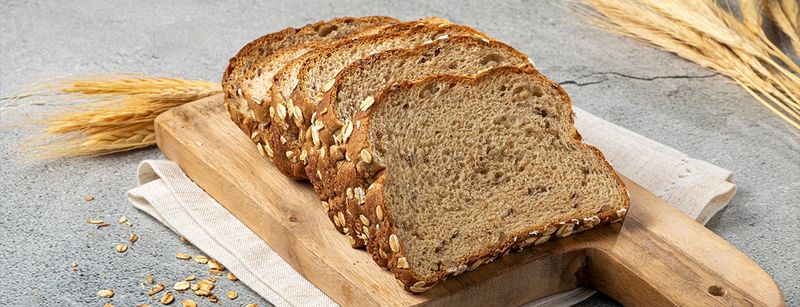
Whole wheat products offer a smart swap for traditional refined versions, retaining the bran and germ that boost fiber content and slow digestion. This helps tame blood sugar spikes after meals.
Besides fiber, whole wheat options come with magnesium, B vitamins, and trace minerals, all of which contribute to better glucose metabolism and energy use. Choosing sprouted or seeded versions adds even more benefits.
Toast with avocado, serve with a lean protein, or enjoy pasta tossed in veggie-packed sauce. With the right pairings, whole wheat foods become diabetes-friendly staples instead of dietary compromises.
13. Wild Rice
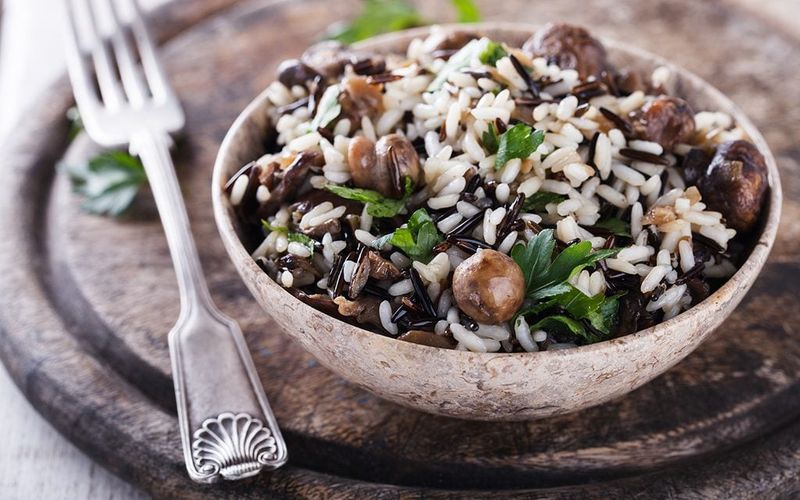
Don’t let the name fool you—wild rice isn’t technically rice but a water grass seed. Its nutty flavor and chewy texture make it a tasty whole grain alternative with a gentler effect on blood sugar.
It’s high in fiber and protein, which help buffer glucose absorption, and it provides manganese, zinc, and phosphorus—minerals that support cellular energy and immune health. It’s also naturally gluten-free and filling.
Try it in soups, casseroles, or as a base for grain bowls with roasted vegetables. Wild rice is a great way to mix up your starches while staying on track.
14. Apples (with Skin)
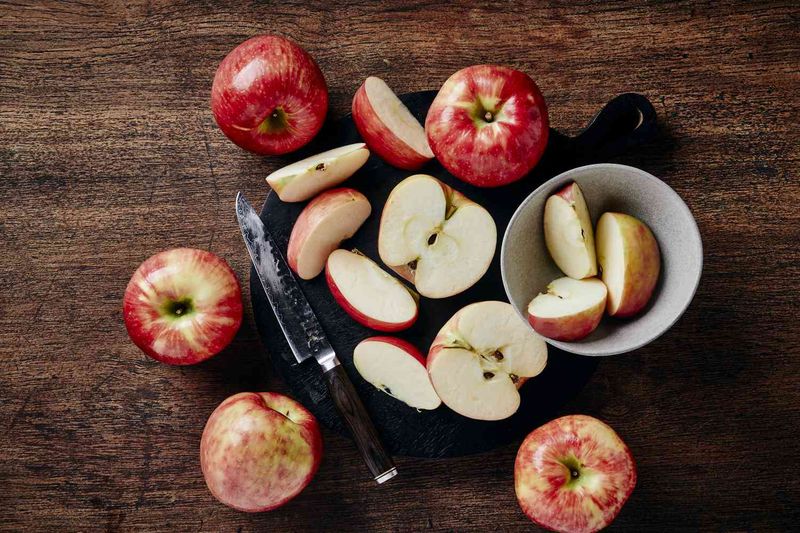
Crunchy and portable, apples are a classic fruit that fits easily into a diabetes-friendly lifestyle—especially when eaten with the skin on. That peel is where most of the fiber and antioxidants hide.
Pectin, a type of soluble fiber found in apples, slows down digestion and can help blunt post-meal blood sugar spikes. Plus, they offer natural sweetness without the added sugar found in many packaged snacks.
Slice them into oatmeal, pair with almond butter, or dice into salads for extra crunch. Apples offer just the right balance of sweetness and structure to keep hunger and glucose in check.
15. Berries
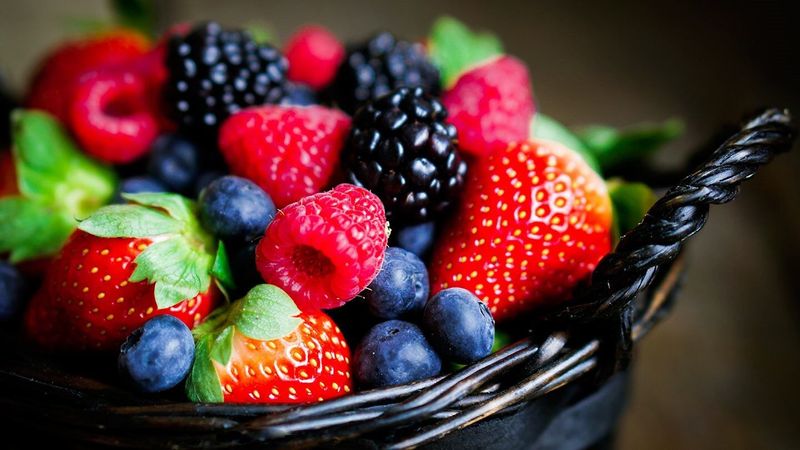
Brightly hued and antioxidant-packed, berries like blueberries, strawberries, and raspberries are tiny powerhouses for blood sugar control. They’re low in natural sugars and rich in polyphenols that may improve insulin sensitivity.
Fiber in berries slows sugar absorption, and their natural sweetness satisfies cravings without causing glucose spikes. Their vibrant pigments also support heart and brain health—key areas of concern for those with diabetes.
Sprinkle them over Greek yogurt, blend into a smoothie, or enjoy fresh by the handful. Their flavor, color, and health perks make berries a daily indulgence with zero guilt attached.
16. Low-GI Fruits
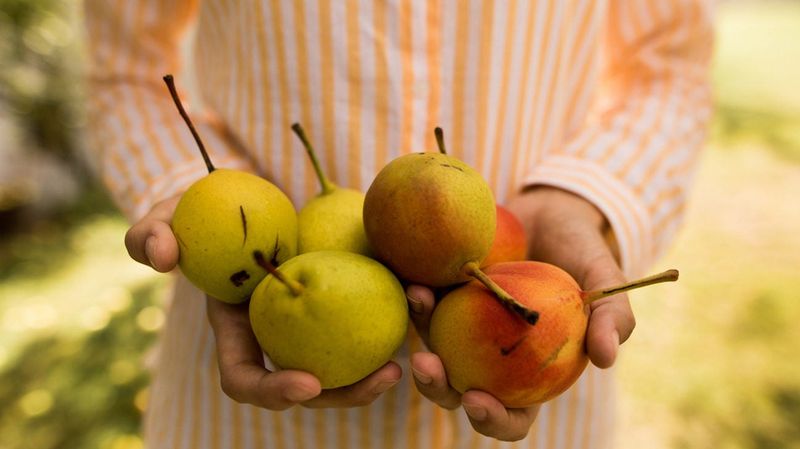
Pears, peaches, plums, cherries, and grapefruit offer refreshing variety while keeping their glycemic index relatively low. Their fiber and water content work together to help regulate appetite and stabilize energy levels.
Each fruit has its perks—cherries are rich in anthocyanins, grapefruit offers vitamin C, and plums provide digestive support. When eaten whole and in moderation, they make sweet additions to a diabetic meal plan.
Slice into cottage cheese, blend with greens in smoothies, or enjoy as a standalone snack. With natural sweetness and impressive nutritional value, these fruits deliver flavor without blood sugar fallout.
17. Avocado
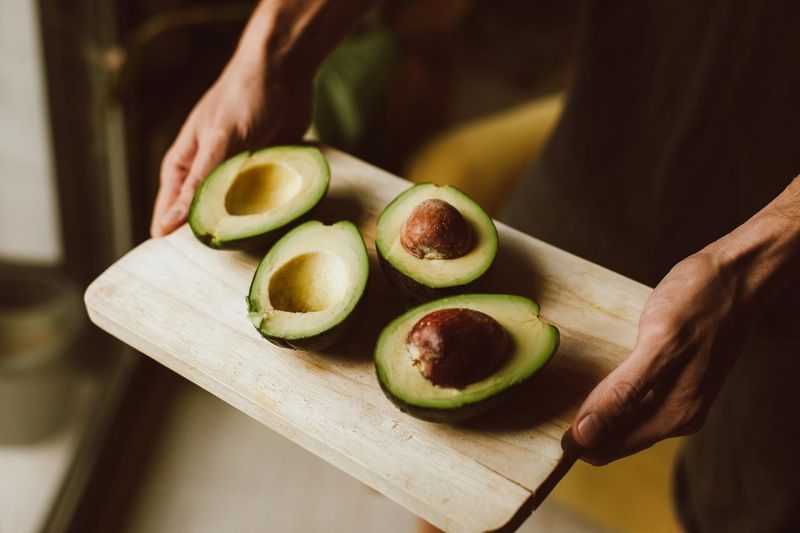
Rich, creamy, and entirely free of sugar, avocado is a diabetes superstar. It’s loaded with monounsaturated fats that support heart health and slow digestion, promoting steady energy throughout the day.
Beyond healthy fats, avocados are high in fiber and potassium—both key nutrients for managing blood pressure and staying full longer. Their low carbohydrate content makes them ideal for blood sugar balance.
Mash onto whole grain toast, blend into smoothies, or dice into salads and grain bowls. However you serve it, avocado brings silky texture and metabolic benefits that go far beyond its trendiness.
18. Green Bananas
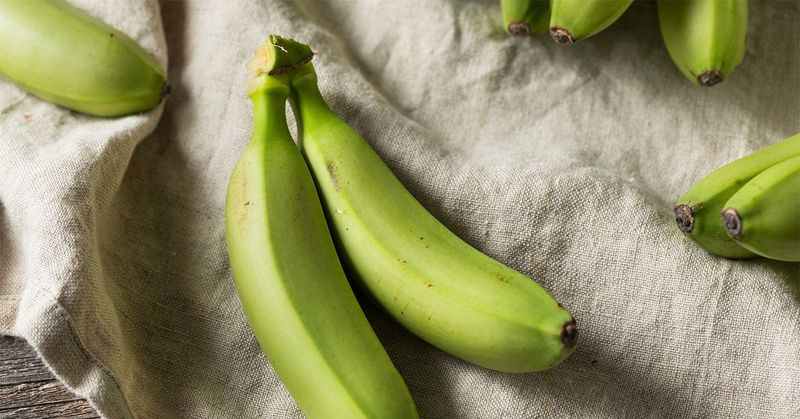
Before they ripen into sugary sweetness, green bananas contain resistant starch—a type of carb that behaves more like fiber in the body, helping to improve insulin sensitivity and gut health.
This starch resists digestion in the small intestine, meaning it leads to a slower, more stable rise in blood sugar. It also feeds beneficial gut bacteria, contributing to a healthier microbiome.
Slice them into smoothies, boil and mash like plantains, or use as a prebiotic-rich base for savory dishes. Green bananas offer a unique way to enjoy fruit while still protecting your glucose levels.
19. Tropical Fruits
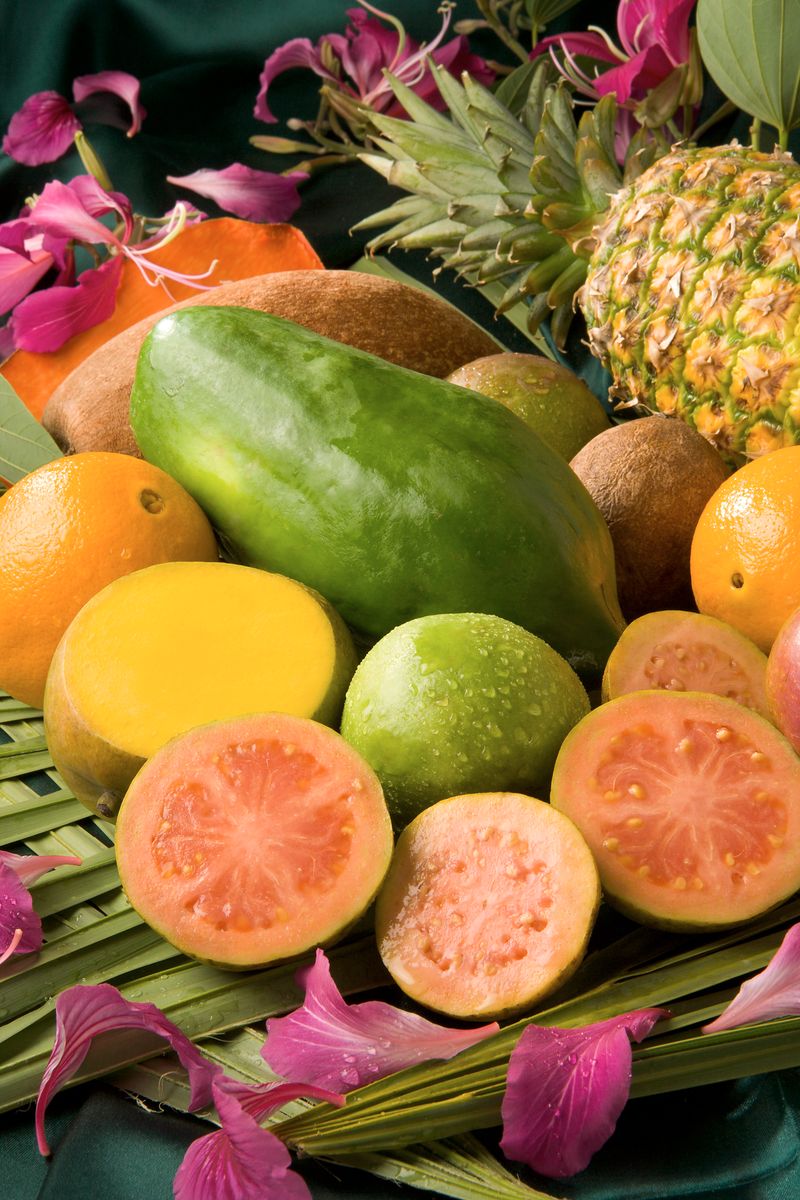
Tropical fruits often get a bad rap for being sugary, but these underappreciated options break the mold. Guava, star fruit, wood apple, and palm fruit offer surprising nutritional perks with relatively low glycemic impact.
Guava delivers more vitamin C than oranges, along with fiber that helps stabilize blood sugar. Star fruit is light in carbs and refreshing, while wood apple and palm fruit offer prebiotic benefits and digestive support.
Enjoy them raw, in smoothies, or as part of fruit salads with a squeeze of lime. These lesser-known fruits bring new flavor to the diabetic table without spiking glucose levels.
20. Fatty Fish
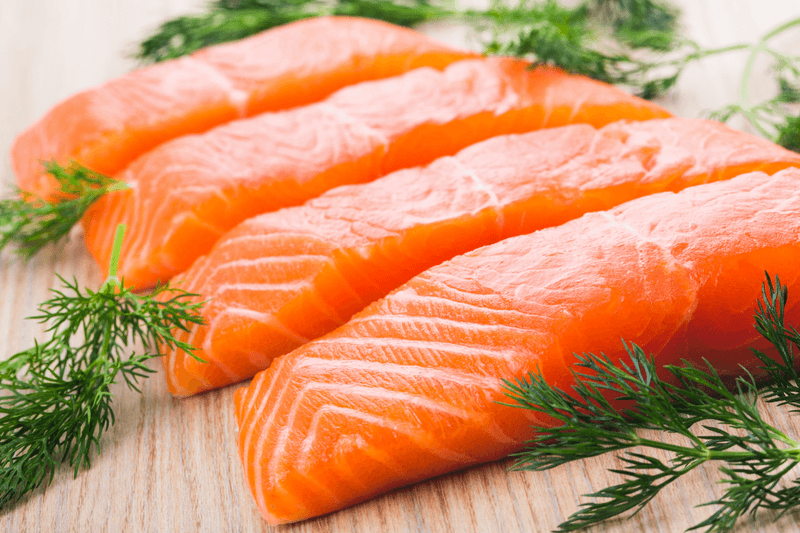
Fatty fish like salmon, mackerel, sardines, and trout serve up more than just rich, satisfying flavor—they’re packed with omega-3 fatty acids that help fight inflammation and support heart health.
People with diabetes are at higher risk for cardiovascular issues, so including fish that can help lower triglycerides and improve cholesterol ratios is a smart dietary move. The added bonus? Zero carbohydrates.
Grill fillets with lemon, add canned sardines to salads, or roast trout with herbs for a weekly dinner. These fish offer both nourishment and protection, wrapped in a delicious, protein-rich package.
21. Lean Poultry
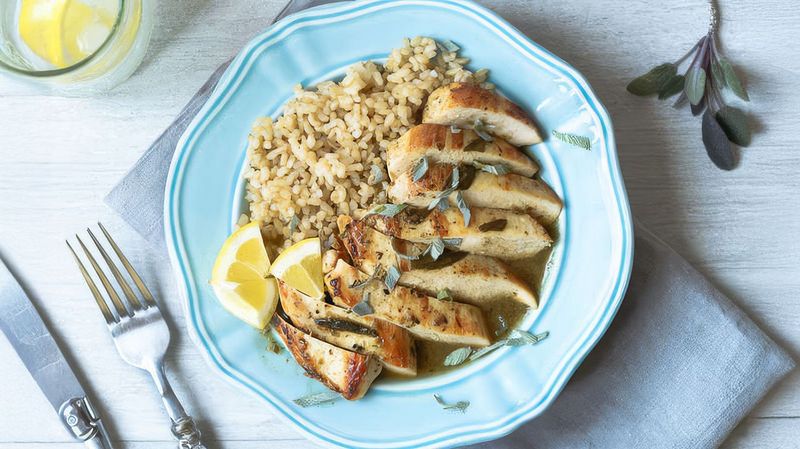
When you’re craving animal protein without the added fat, lean poultry like skinless chicken or turkey breast is the ideal go-to. It’s low in saturated fat and completely carb-free, making it blood sugar-safe.
Beyond protein, poultry supplies key nutrients like selenium and B vitamins, which help with cellular energy production and overall metabolic health. Choosing lean cuts helps avoid unnecessary cholesterol build-up.
Bake with herbs, stir-fry with veggies, or shred into grain bowls for quick meals. This reliable protein keeps blood sugar stable while supporting lean muscle and satiety throughout the day.
22. Canned Fish
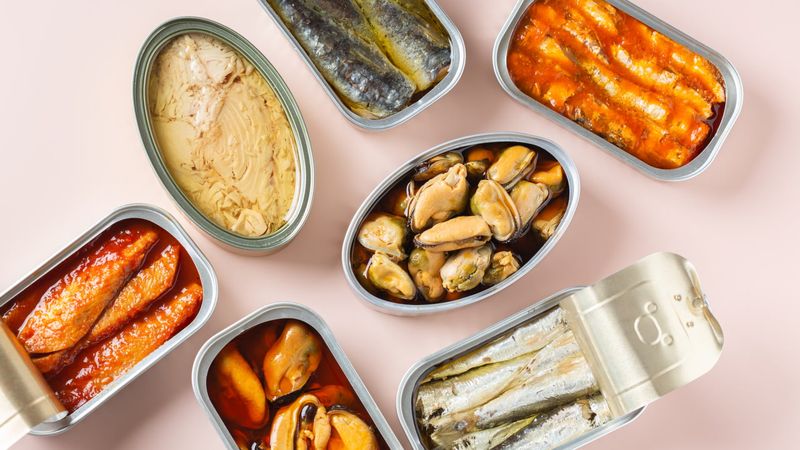
Canned fish is a convenient, nutrient-rich protein option—and sardines shine brightest in this category. They’re packed with omega-3 fatty acids that support heart health, reduce inflammation, and may improve insulin sensitivity.
Sardines also come loaded with calcium, vitamin D, and B12—nutrients many people with diabetes are commonly deficient in. Their naturally low mercury content makes them a safer choice than larger fish like tuna.
Layer sardines on whole grain crackers, stir them into tomato-based pasta dishes, or flake them into a veggie-packed salad. With rich flavor and impressive nutritional power, canned fish earns a permanent spot in your pantry.
23. Almonds & Walnuts
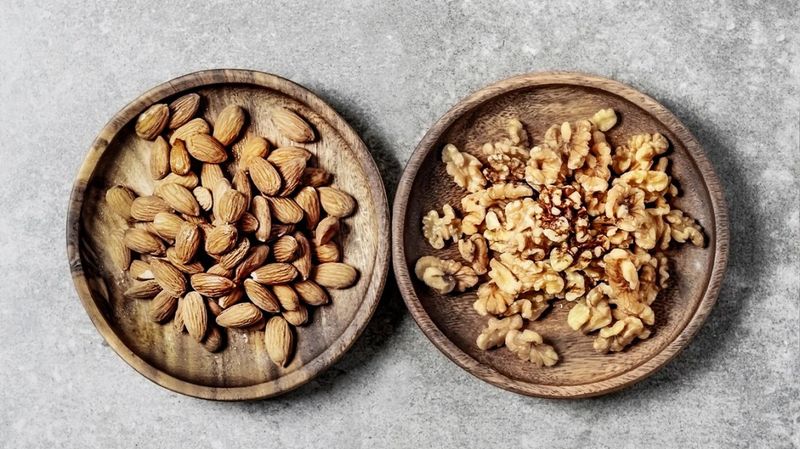
Nuts may be small, but almonds and walnuts bring big nutritional benefits to the table. Both are rich in healthy fats, magnesium, and fiber—nutrients that help regulate blood sugar and improve heart health.
Walnuts deliver omega-3s, while almonds help support satiety with protein and slow-burning fat. Studies show that incorporating nuts into meals can reduce post-meal glucose spikes and curb cravings between meals.
Sprinkle onto salads, pair with fruit, or enjoy a small handful as a mid-afternoon snack. Just a few can satisfy your hunger and contribute to smoother glycemic control without any fuss.
24. Chia Seeds & Flaxseeds

These tiny seeds may look unassuming, but they’re nutritional heavyweights when it comes to blood sugar management. Both chia and flaxseeds are packed with fiber—particularly soluble fiber that slows carbohydrate absorption.
They’re also rich in omega-3 fatty acids, which help reduce inflammation and support heart health, a top concern for people with diabetes. Their fiber and fat content work together to extend fullness after meals.
Stir them into yogurt, blend into smoothies, or use them as a binder in baked goods. Their neutral flavor makes them easy to incorporate into both sweet and savory dishes with ease.
25. Olive Oil

Olive oil brings luxurious texture and deep flavor to dishes while offering measurable health benefits. It’s rich in monounsaturated fats, which help improve cholesterol levels and stabilize blood sugar.
Extra-virgin varieties also contain polyphenols—powerful plant compounds that reduce oxidative stress and support insulin sensitivity. These natural antioxidants make olive oil more than just a cooking fat—it’s functional nutrition.
Drizzle over roasted vegetables, whisk into vinaigrettes, or sauté lean proteins for a Mediterranean-style meal. A little goes a long way, and just a tablespoon can transform your dish into a metabolic ally.
26. Flax Crackers
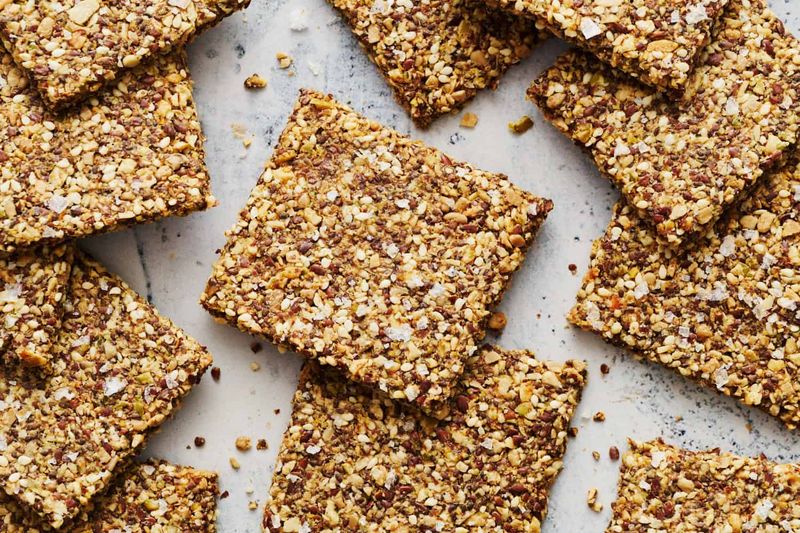
When snack cravings hit, flax crackers offer a blood sugar-friendly alternative to refined chips or crackers. Made from ground flaxseeds, they’re naturally high in fiber, omega-3s, and plant-based protein.
The fiber slows digestion and helps prevent blood glucose spikes, while their crunch satisfies cravings for something crispy without sabotaging your goals. They’re also gluten-free and often low in net carbs.
Pair with hummus, avocado, or nut butter for a nutrient-dense mini-meal. Their satisfying texture and rich nutritional profile make them a perfect choice for mindful snacking between meals.
27. Greek Yogurt, Cottage Cheese, Low-Fat Milk
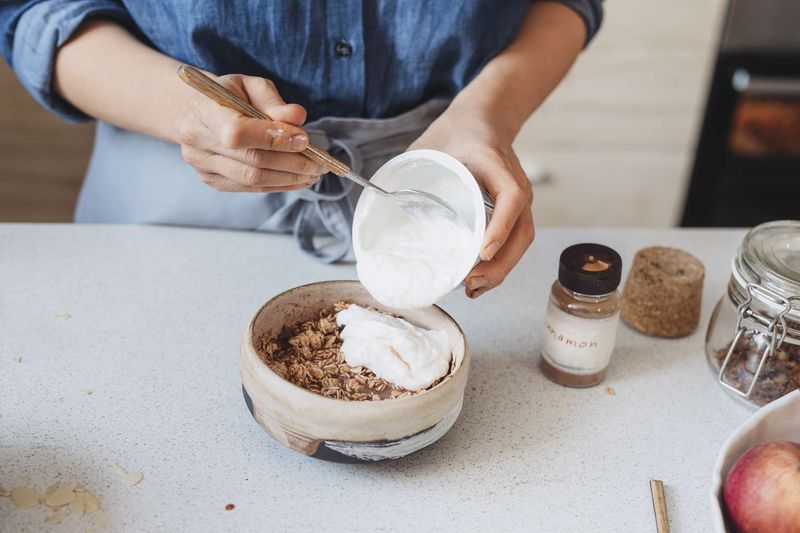
Greek yogurt, cottage cheese, and low-fat milk are high in protein and calcium, supporting muscle and metabolic health. These dairy options offer low-carb, nutrient-rich choices for those managing diabetes. Greek yogurt provides a creamy texture and tangy flavor, while cottage cheese offers a mild taste and whey benefits. Low-fat milk adds nutritional value to meals and beverages. Incorporating these dairy products into your diet supports satiety and balanced blood sugar levels. They complement a variety of dishes, making them versatile components of a diabetes-friendly meal plan.
28. Edamame
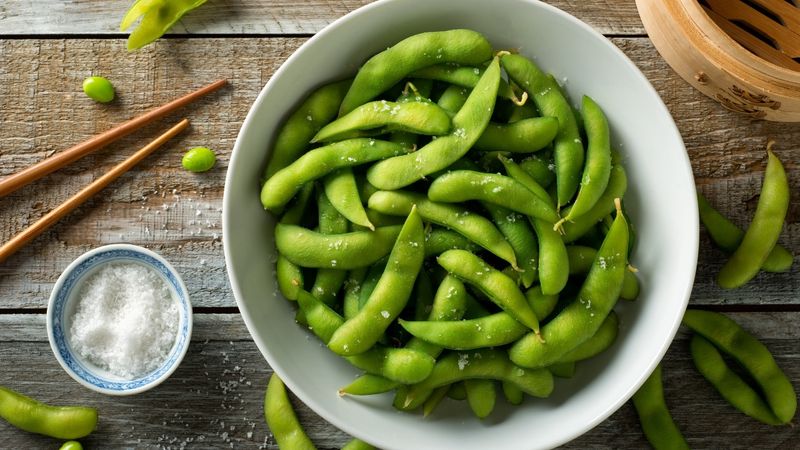
Young soybeans—better known as edamame—are a simple, powerful snack for people with diabetes. Each half-cup offers a generous serving of both fiber and protein with minimal impact on blood sugar.
They’re also rich in magnesium and iron, two minerals that help with blood sugar regulation and overall energy metabolism. Their low glycemic load makes them an ideal option for lasting fullness.
Steam and sprinkle with sea salt, toss into salads, or roast for a crunchy snack. However you enjoy them, edamame brings flavor, satiety, and steady energy in every green bite.
29. Hummus
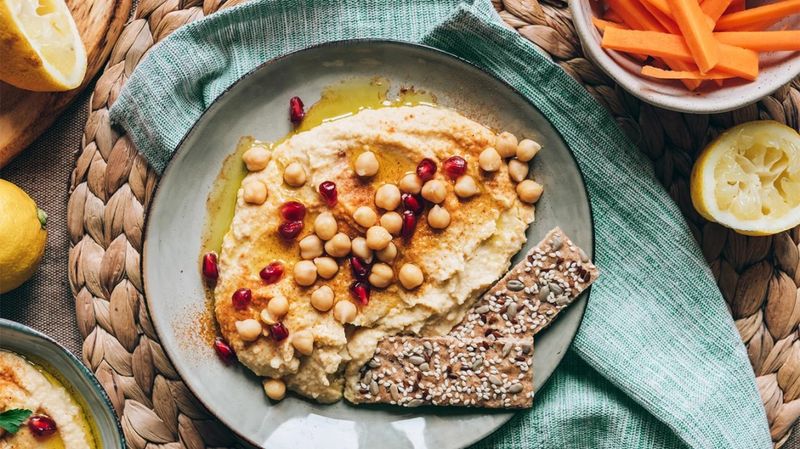
Creamy, savory, and surprisingly blood sugar-friendly, hummus offers a satisfying blend of fiber, protein, and healthy fats. Made from blended chickpeas and tahini, it digests slowly and supports stable energy throughout the day.
The chickpeas provide complex carbohydrates with a low glycemic index, while sesame-based tahini adds magnesium and antioxidants. Together, they help reduce insulin spikes and prolong feelings of fullness after meals.
Spread hummus on whole grain toast, use it as a dip for raw veggies, or swirl into a grain bowl. It’s a flavorful and functional addition to any diabetes-conscious meal.
30. Garlic & Onions
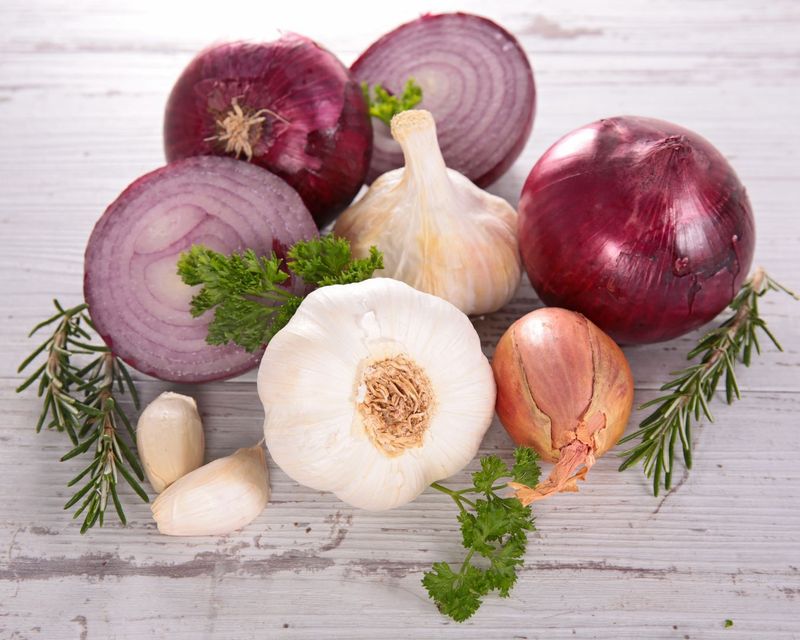
Bold and aromatic, garlic and onions do far more than flavor your meals—they come with compounds that may support blood sugar balance. Both contain sulfur-rich phytonutrients believed to enhance insulin function.
Garlic has been linked to improved cholesterol levels and lower fasting glucose in some studies, while onions bring quercetin, a powerful antioxidant that may reduce inflammation and protect blood vessels.
Sauté them as a flavor base, roast whole cloves for a mellow kick, or chop into fresh salsas. These pantry staples are tasty allies in the fight for stable blood sugar.
31. Turmeric

Bright and golden, turmeric is known for its active compound curcumin, a powerful anti-inflammatory agent that may help reduce insulin resistance and lower systemic inflammation.
Curcumin’s benefits extend to cardiovascular and brain health—both areas where people with diabetes are often more vulnerable. When paired with black pepper, its absorption and effectiveness improve dramatically.
Simmer into curries, stir into lentils, or blend into warm milk for a golden “turmeric latte.” It brings both vibrant color and long-term protective value to your kitchen repertoire.
32. Cinnamon
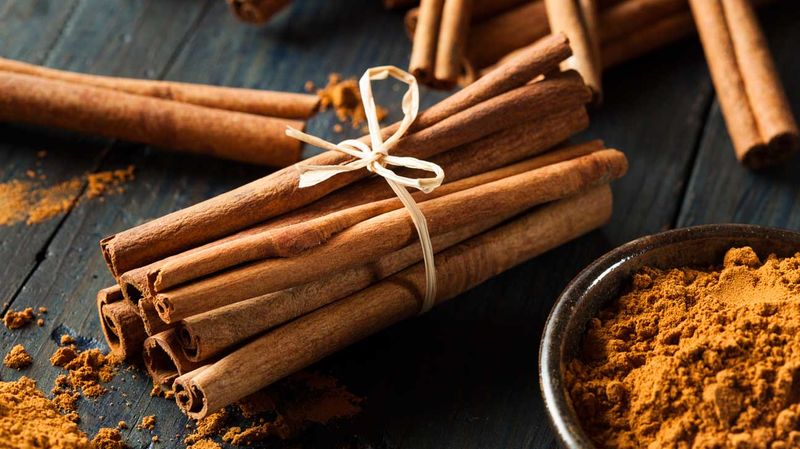
Warming and aromatic, cinnamon is more than just a cozy spice—it’s been widely studied for its potential blood sugar benefits. It may help improve insulin sensitivity and reduce fasting glucose levels in some people.
Its antioxidant profile, particularly cinnamaldehyde, helps combat oxidative stress—a key concern in long-term diabetes management. A little goes a long way, especially when used consistently in small daily doses.
Sprinkle cinnamon over oatmeal, blend into smoothies, or stir into coffee or tea. This spice adds comfort and metabolic support in every sweet, earthy pinch.
33. Curry Leaves & Moringa
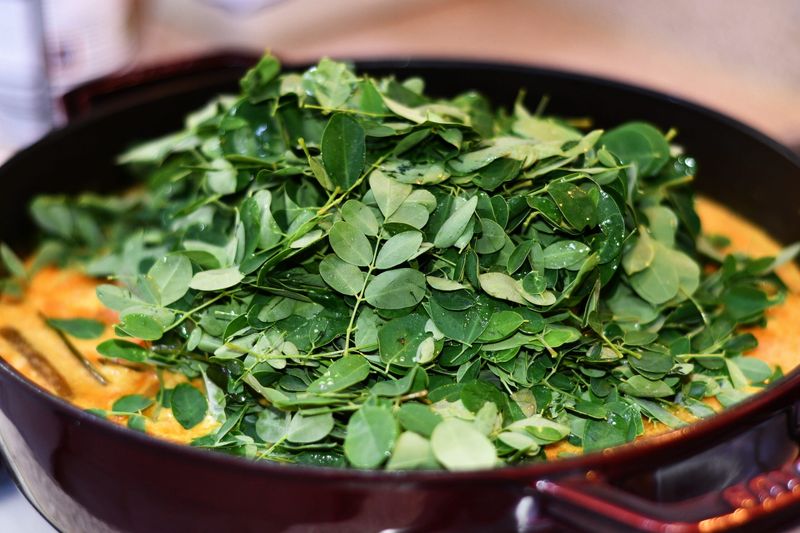
Used for centuries in Ayurvedic and South Asian cooking, curry leaves and moringa are herbal powerhouses with emerging research supporting their blood sugar-regulating properties.
Curry leaves may help improve insulin activity, while moringa leaves contain chlorogenic acid and polyphenols that support lower post-meal glucose levels and offer antioxidant defense.
Stir fresh curry leaves into lentil dishes, or brew dried moringa into tea. Both ingredients offer subtle, earthy flavor and a traditional yet functional way to help manage diabetes naturally.
Leave a comment